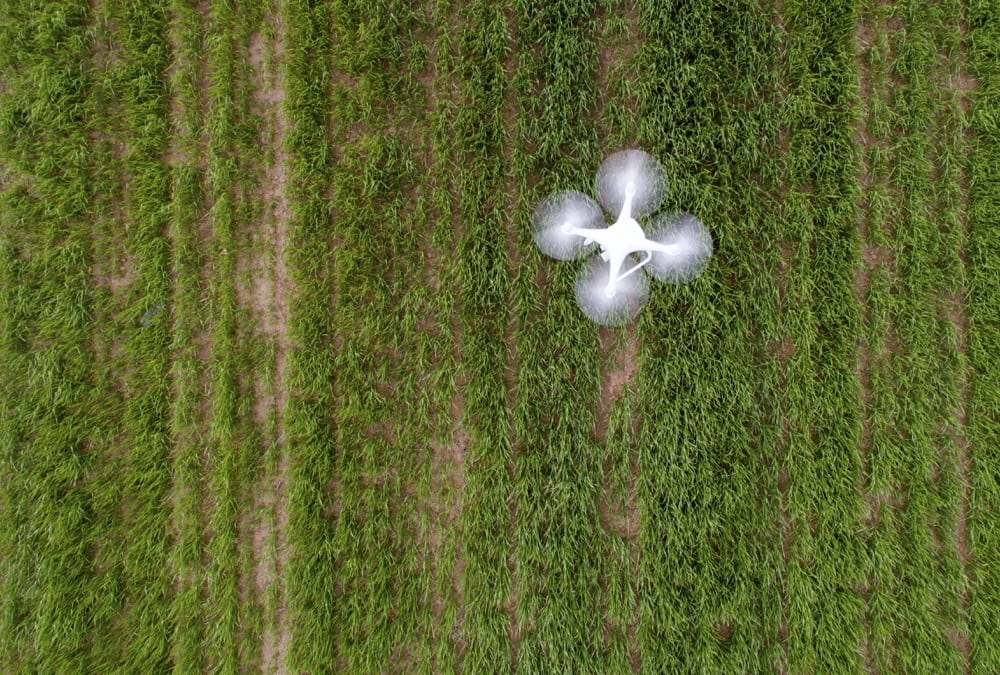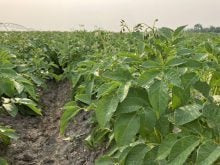For several years, farmers have been using technology that is accumulating massive amounts of data on production practices – also referred to as “big data.”
But how might big data be managed? What information will be available to whom? Technology, for example, frequently fits the category of “private but available for a price.”
The general question appears to be “who can do what” with respect to agriculture’s big data. Who can collect the data, who can transfer the data to whom and who can use the data?
Read Also

Better pig data with biodegradable ear tags
A Manitoba-made dissolving ear tag, called Clean Trace, could reduce processing challenges and enable more individual pig management on Canadian farms.
The answers are not clear. University professors are suggesting that laws (trademark, patent and copyright laws, for example) do not fully address the questions. They suggest that perhaps state trade secret laws could be applied. They also emphasize that property owners enter into agreements with others before the information is shared by its owners.
Another recent suggestion has been that laws be enacted limiting how often imagery data can be collected, shared and used. But how would such limitations ever be enforced? Images have been taken from space for decades. These images were not a concern in the past but are drawing more concern now that technology is providing extremely detailed images at lower cost.
Various concerns have been suggested as to why big data needs to be controlled. For example, those with access to the data and information can have an advantage in the market over those who do not have such information.
Contractually controlling information is one approach; regulatory control is another approach. Is the more realistic approach to do whatever is possible to assure everyone has access to the data?
The National Agricultural Statistics Service of the U.S. Department of Agriculture (USDA) has been collecting and publishing data for decades. The Economic Research Service of the USDA likewise has been analyzing that data and publishing results. This information helps everyone in agriculture understand the current state of the industry.
Concerns have been expressed that the trend, for the past several decades, is less information available to the public, including producers. To counter that trend, there have been efforts to maintain transparency in the agricultural commodities sectors.
Is another alternative for agricultural big data to have government do its best to collect and publish the data? Note that this suggestion does not mention that government “analyze” the data.
However, big data is no longer a national issue. It is a global matter.
A satellite that can provide a detailed scan of a North Dakota field can, just as easily, scan a field in France. A Brazilian firm that hires the service of a private satellite firm to scan Brazilian fields can, just as easily, pay to have U.S. fields scanned. USDA public information can be retrieved just as easily by a Kazakhstan livestock producer as a North Dakota rancher. This information is going to be public on a global scale and solutions need to address that.
The information age is upon us. We have been in the computer age for nearly 35 years, but computers are just tools, no different than a tractor. How we use computer technology to gather, analyze and use information is no longer a question for the future; it is here today.
David Saxowsky is an associate professor with NDSU’s department of agribusiness and applied economics. His teaching includes agricultural law, food law, farm and agribusiness management, and water law.















